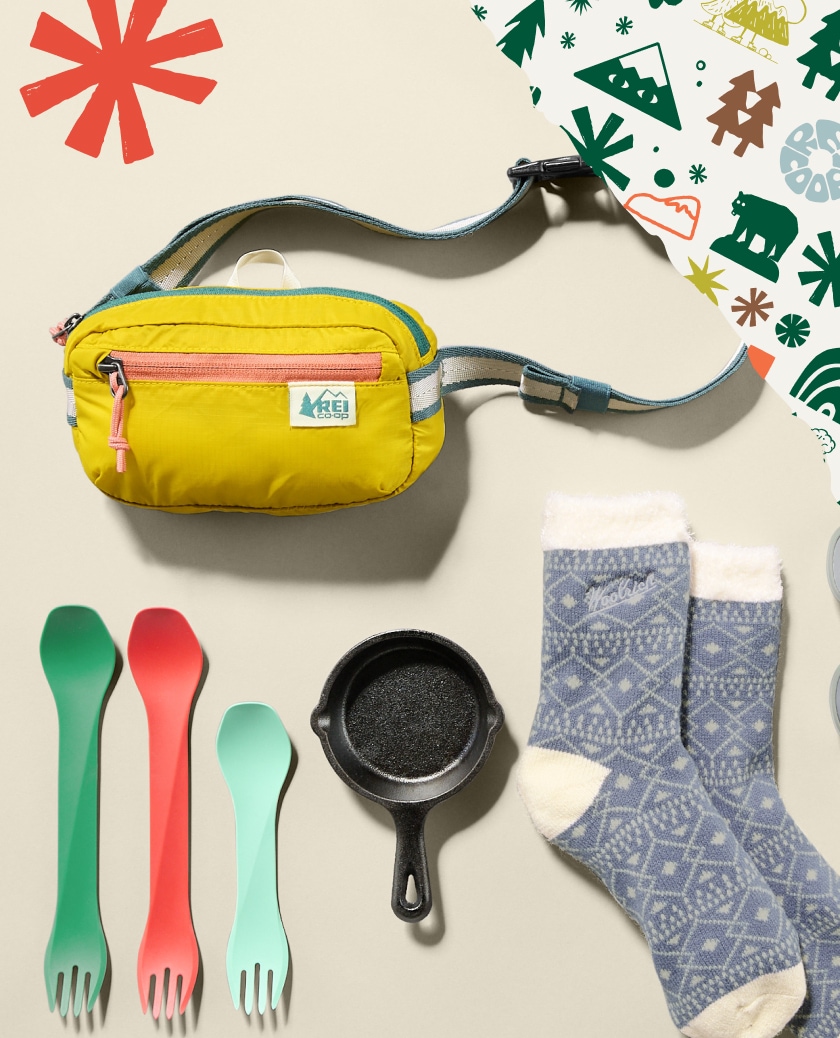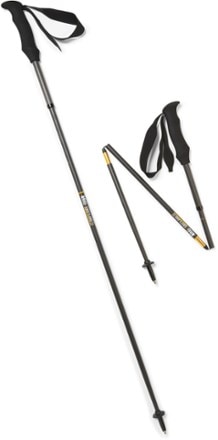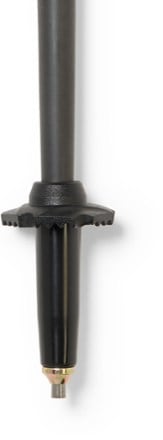How to Choose Binoculars
What do the numbers (specs) on binoculars mean?
Binocular specs (e.g. 8x42) tell you their strength (the 8) and the diameter of the objective lens, or lens closest to the object you’re observing (the 42, in millimeters).
Magnification is typically 8, with a wider field of view, or 10, with a closer, more detailed look. A larger objective lens means more entering light and, a therefore, a brighter image.
What to look for in binoculars if you’re:
Backpacking and hiking
- Magnification of 8 or 10 and objective lens diameter less than about 28: (8x25, 10x25, 8x28 or 10x28)
- Water resistant or waterproof
Birding
- Midsize and full-size models (8x32 and 8x42) binoculars are popular with birders.
- Magnification of 8 will have a wider field of view.
- Water resistant and antifog
Whale watching, wildlife viewing, safaris
- The most popular types are 8x32, 8x42, 10x32 and 10x42. Go with a higher magnification (10 rather than 8) when likely to be far from the animals.
- Waterproof if whale watching from a boat
Paddling
- Higher (10-power) magnification can make steady viewing challenging, so choose 8-power magnification: 8x32 is a popular size.
Stargazing
- Choose full-size binoculars to maximize magnification and light-gathering ability.
- Consider 10x42 or 10x50, but know higher magnification options will require a tripod for steadiness.
Read full article: How to Choose Binoculars



